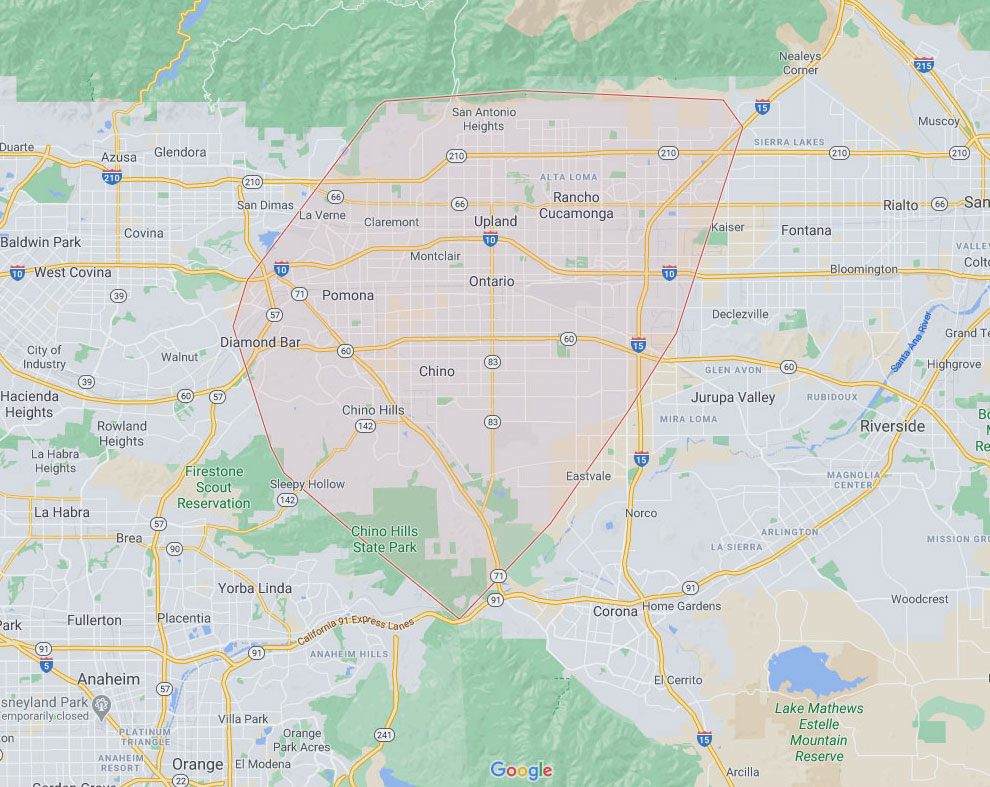Cleaner air shelters and cleaner air spaces should be prepared using existing information about the identification and preparation of spaces to protect the public from wildfire smoke. Minimum requirements for air conditioning and air filtration are described in Appendix B of Wildfire Smoke: A Guide for Public Health Officialspdf iconexternal icon. At minimum, facilities should have central air conditioning with filtration that is medium or high efficiency, especially at the fresh (outdoor) air intake. Facilities should continue to provide air filtration that is adequate for the expected number of occupants in the space. Portable air cleaners can be used in spaces that can achieve a smoke clean air delivery rate (CADR) of at least 2/3 of the room volume. Air filtration should not be relied on for controlling the spread of COVID-19; air filtration guidelines are primarily for reducing indoor concentrations of wildfire smoke.
If separate spaces in the same building are needed to separate individuals with and without COVID-19 symptoms, it is important to ensure that air does not flow from the space sheltering individuals with COVID-19 to the space sheltering others. To do so, it may be necessary to work with a qualified heating, ventilation, and air conditioning (HVAC) professional.
Cleaning
Follow the Centers for Disease Control and Prevention (CDC) cleaning and disinfection guidelines for community facilities, and information about cleaning and disinfecting buildings and facilities if someone is sick. Even individuals with no symptoms can transmit SARS-CoV-2 and the virus can survive for several days on hard (non-porous) surfaces. Therefore, it is important to continue routine cleaning and disinfection at least every day with a focus on high touch surfaces, including those in common areas and bathrooms, using an EPA-registered disinfectant on List Nexternal icon or a properly diluted bleach solution.






